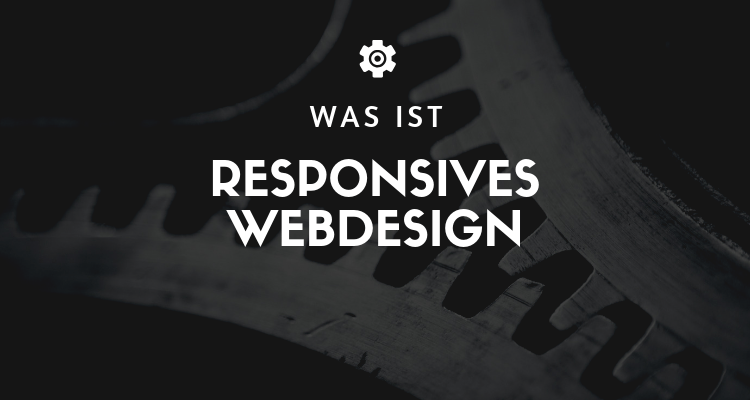What is responsive web design?
Responsive web design is an approach where a designer creates a website that adapts or changes itself depending on the type of device it is being viewed through. This can be an oversized desktop computer monitor, a laptop or devices with small screens like smartphones and tablets. Today responsive web design has become an indispensable tool for anyone with a digital presence. With the growing use of smartphones, tablets, and other mobile devices, more and more people are using smaller screens to view web pages.
These websites must also comply with Google's just-implemented 2018 mobile-firstIndex take into account. As more and more small businesses increase their mobile presence, their website, E-commerce, Google Business Page, Social Media Pages, and other assets be easily accessible across all devices.
An example of "Responsive Design"
Let's take a traditional "fixed" website. For example, if the website is displayed on a desktop computer, it may contain three columns. However, if you display the same layout on a smaller tablet, it may require you to scroll horizontally, which users don't like. Or elements may be hidden from view or look distorted. The impact is also complicated by the fact that many tablets can be viewed in either portrait or landscape mode.
Websites can be even more difficult to see on a tiny smartphone screen. Large images can "break" the layout. Websites can be slow to load on smartphones if they are graphics-intensive.
However, if a website uses responsive design, the tablet version may automatically adjust to display only two columns. This way, the content is readable and easy to navigate. On a smartphone, the content may appear as a single column, perhaps stacked vertically. The user may also have the ability to drag across to view other columns. Images are resized rather than distorting the layout or being cut off.
The point is: with responsive design, the website automatically adapts to the device in which the viewer sees it.
How does Responsive Web Design work?
An rektiAll page elements are sorted by proportions, not pixels. So if you have three columns, you wouldn't say exactly how wide each one should be, but how wide it should be in proportion to the other columns. Column 1 should take up half the page, column 2 should take up 30%, and column 3 should take up 20%, for example. Media such as images will also be relatively enlarged. A
In this way, an image can remain within its column or relative design element.
« Back to Glossary Index





 By
By 